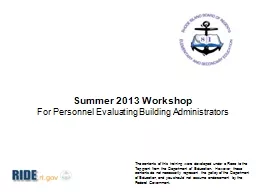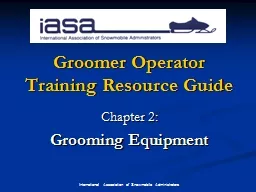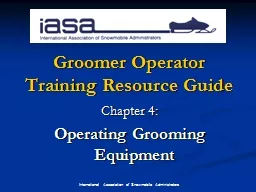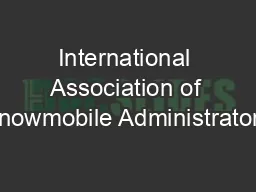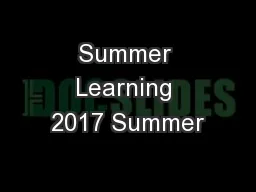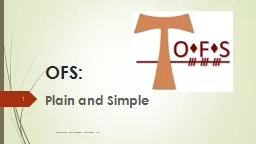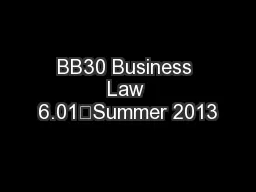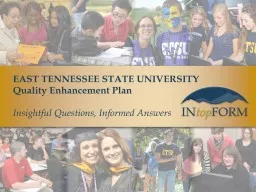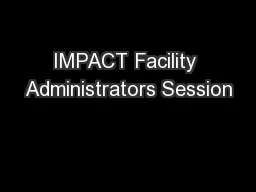PPT-Summer 2013 Workshop For Personnel Evaluating Building Administrators
Author : crunchingsubway | Published Date : 2020-06-17
The contents of this training were developed under a Race to the Top grant from the Department of Education However those contents do not necessarily represent the
Presentation Embed Code
Download Presentation
Download Presentation The PPT/PDF document "Summer 2013 Workshop For Personnel Evalu..." is the property of its rightful owner. Permission is granted to download and print the materials on this website for personal, non-commercial use only, and to display it on your personal computer provided you do not modify the materials and that you retain all copyright notices contained in the materials. By downloading content from our website, you accept the terms of this agreement.
Summer 2013 Workshop For Personnel Evaluating Building Administrators: Transcript
Download Rules Of Document
"Summer 2013 Workshop For Personnel Evaluating Building Administrators"The content belongs to its owner. You may download and print it for personal use, without modification, and keep all copyright notices. By downloading, you agree to these terms.
Related Documents

